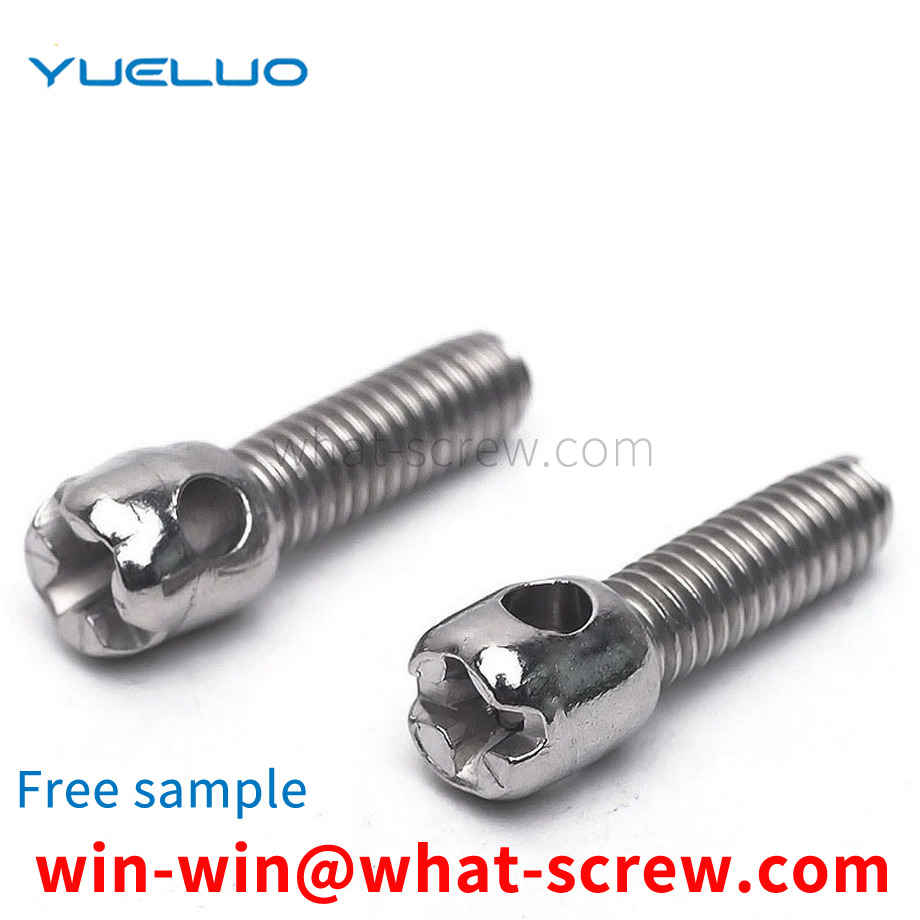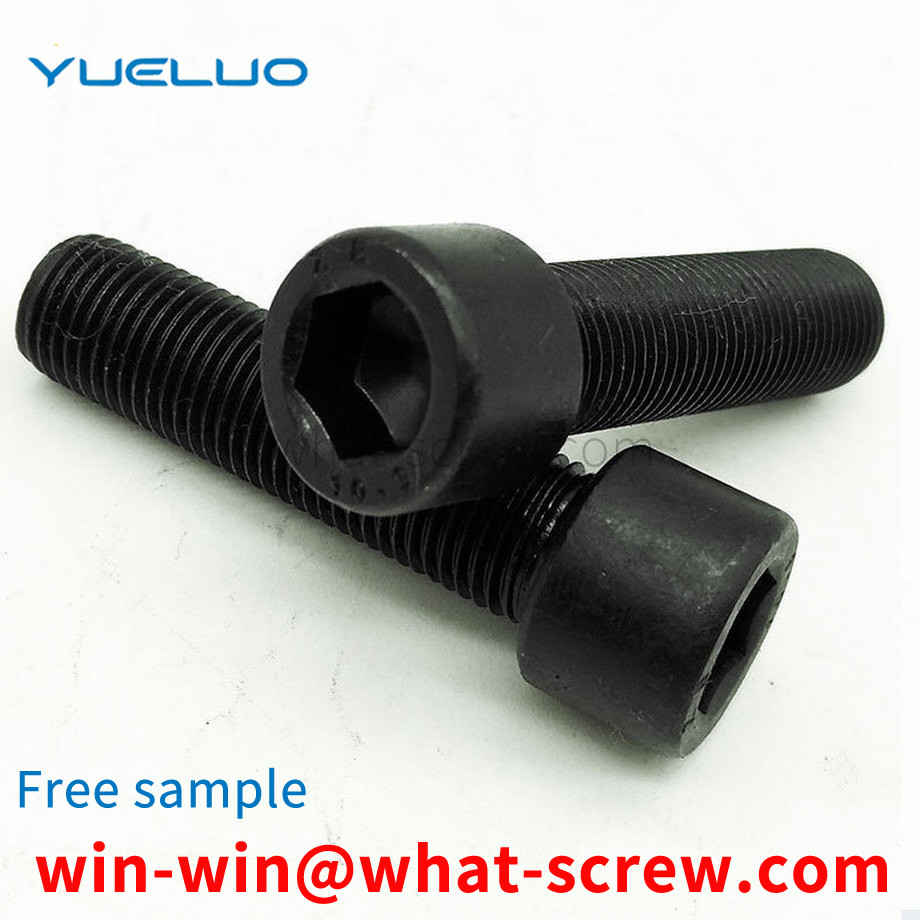Riveting is the most traditional way of connecting metal parts. It has the advantages of easy operation, high reliability and not easy to deform. It is widely used in the skeleton of outdoor products such as tents and camp beds. Commonly used aluminum alloy rivets use their own deformation or interference to connect the parts of the riveted parts in the riveting process. Due to cost and functional considerations, the rivet and the riveted material are often different, which is easy to occur in outdoor high humidity. Electrochemical corrosion, and the commonly used high-strength thin-walled pipes have a large shear stress on the aluminum alloy rivets at the riveting point. Under the combined action of the above two factors, it is easy to cause deformation or even breakage at the riveting point, which affects the life of outdoor products. A kind of Corrosion and shear resistant aluminium alloy rivets.
The retaining ring is a ring-shaped body with an opening, and the traditional processing method is stamping. That is, a plate-shaped material is selected and punched out on the plate-shaped material (a circular body, and then the middle of the circular body is punched to form a ring-shaped ring body.) The punched material in the middle cannot be used again. This results in a waste of material.
Some heavy equipment such as large motors, large reducers, etc., in order to facilitate the installation and adjustment of equipment and the need for maintenance space, a certain position needs to be moved during equipment installation and maintenance. Usually, a steel base or platform is set under the equipment, and the base or The platform is provided with an oblong bolt installation slot, commonly known as an oblong slot, as shown in Figure 1--Figure 4. When using common hexagon head bolts or common T-bolts with the long circular groove in Figures 1 and 2, auxiliary fixing bolts or welding stoppers are required on the back of the long circular groove to prevent the bolt from rotating when the nut is tightened. In Fig. 3 and Fig. 4, the long circular groove itself has a clamping groove to prevent the rotation of the bolt, but this structure greatly increases the processing cost of the long circular groove.
In the field of mechanical design, there are a large number of connector connection structures that need to be fastened and positioned. As shown in Figure 1, the more common positioning and fastening connection methods at present are that pins 5 and fasteners are used for positioning and fastening, respectively. That is, cylindrical pins or taper pins are used for positioning, and fasteners such as screws or double-ended studs are used for fastening.
Existing wood screws are composed of a threaded portion with a tapered angle and arranged along a tapered stem and a screw head. The head of the screw can be a countersunk head, hemispherical, or other shapes, and the head of the screw has a groove that fits with the tool, a word groove, and a concave cross groove. The taper angle of existing wood screws is either 45 degrees or 60 degrees, and the front end of the taper angle is a pointed point formed by a rotating thread. The existing wood screws have the following three deficiencies in use. Because the taper angle is 45 degrees or 60 degrees, and the thread angle is 71 degrees, the resistance when entering the material is relatively large, so the existing wood screws are manually screwed. It is difficult to screw in, especially when it is used for hardwood materials, and it often happens that the groove of the screw head is screwed out; A large lateral moment will be formed when the screw is screwed, which is prone to the problem of deviation from the position; in addition, because the existing screw is tapered, it will be subjected to both radial force and axial force when entering the material, and its stress state It is more complicated, so it is easy to cause the cracked wood material to burst, and even cause the material to have longitudinal cracks and be unusable.
We have many years of experience in the production and sales of screws, nuts, flat washers, etc. The main products are: DIN314 wing nuts, bolt sets, flat head built-in expansion bolts, plastic flat head bolts and other products, we can provide you with suitable fastener solutions for you Program.



















 Service Hotline
Service Hotline




